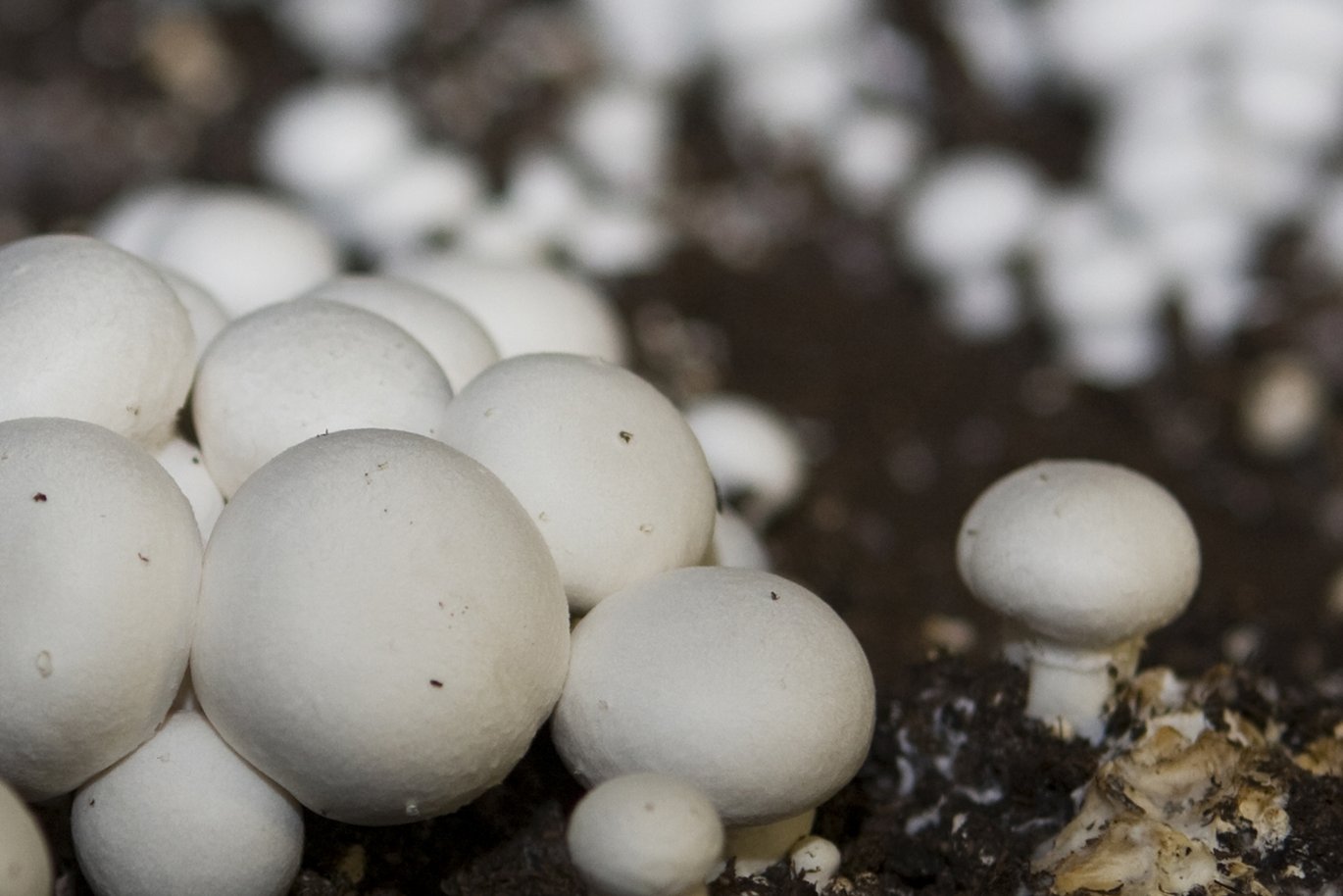Mushrooms are effective vitamin D factories
New research shows that mushrooms produce large amounts of vitamin D if exposed to ultraviolet light while they are growing. The nutritious fungi are a gift for consumers with vitamin D-deficiency, particularly during the winter.

When the sun is low in the sky and we are covering ourselves up to keep out the cold, there is too little skin and too little sun to produce sufficient vitamin D for our needs. The production of vitamin D in our skin is one of our major sources of this important vitamin. In winter, we have to rely on getting our vitamin D intake from food – but foods rich in this vitamin are rare.
However, new research shows that mushrooms grown under certain conditions can turn into small packages rich in vitamin D.
- When the mushrooms are exposed to ultraviolet light they produce vitamin D – even after they have been harvested. They convert the substance ergosterol to vitamin D. This fact is exploited by foreign producers of mushrooms, says associate professor Hanne L. Kristensen from Aarhus University.
Egosterol is found in large quantities in fungi. The conversion to vitamin D is a photochemical process that is independent of biological processes that may be slower. This means that the production of vitamin D in the mushrooms exposed to ultraviolet (UV) light during their growth is so high and rapid that the fungi have the potential to become a major source of vitamin D for Danish consumers.
The question is – how does the UV light in the growth phase affect the content of vitamin D in the fungi? When exposed to UV light, the mushrooms have a tremendous growth spurt where they quadruple their size in just one day. But does this growth spurt affect the vitamin D content?
Hanne L. Kristensen was the leader of a research project where she in collaboration with Egehøj Champignon A/S on Funen, the largest producer of mushrooms in Scandinavia, and with DTU FOOD studied the effect on mushrooms of ultraviolet light in their growth period.
- By integrating the ultraviolet light with the growth phase you retain their distinctive feature as a pure product that is not affected after harvest, says Hanne L. Kristensen.
The tests showed that UV exposure had a significant effect on the formation of vitamin D in the growth phase of the fungi and that there was a clear correlation between UV dose and the resulting concentration of vitamin D.
The mushrooms will, however, need to be harvested immediately following their exposure to UV light because their growth spurt will otherwise dilute the final amount of vitamin D and thus lower the dose available to consumers. The experiments showed that already after two days with UV light, the mushrooms had grown so much that the concentration of vitamin D had been diluted to a level only slightly above that found in animal sources of vitamin D such as cheese and meat.
- Our results show that it is possible to produce fresh mushrooms with a well-defined and very high content of vitamin D directly from the nursery bed. I look forward to the day when there are new healthy, vitamin D-rich mushrooms on the Danish market. It means that consumers can increase their intake of vitamin D in a natural way through their diet, says Hanne L. Kristensen.
The research project was funded by The Danish AgriFish Agency and by the levy fund for fruit and horticultural products.
Hear, see and taste more about mushrooms and other fascinating foodstuffs at the Food Festival 2012 in Aarhus 6-9 September 2012. Read more about the food festival her.
Further information: Associate professor Hanne L. Kristensen, Department of Food Science, telephone: +45 8715 8354, email: Hanne.Kristensen@agrsci.dk.
Text: Janne Hansen
